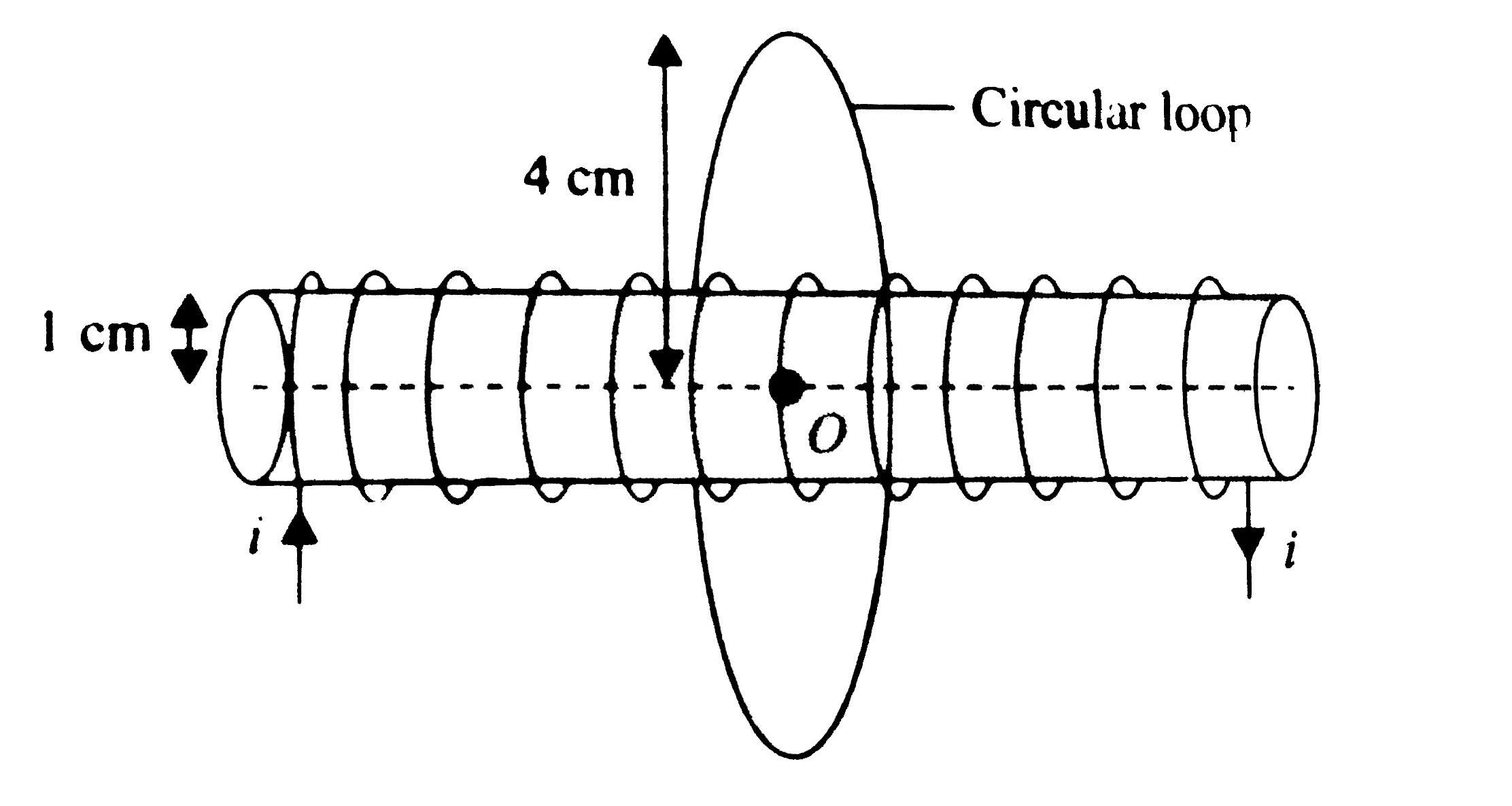যদি →r⋅(ˆi−3ˆj+2ˆk)=15 এবং →r=(ˆi+ˆj+ˆk)+s(2ˆi+ˆj−3ˆk) সমতল দুটির মধ্যবর্তী কোণ θ হয়, তবে cosecθ-এর মান হবে-
Step by step video & image solution for যদি vec r*(hati-3hatj+2hatk) = 15 এবং vecr =(hati+hatj+hatk)+s(2hati+hatj-3hatk) সমতল দুটির মধ্যবর্তী কোণ theta হয়, তবে cosec theta-এর মান হবে- by Maths experts to help you in doubts & scoring excellent marks in Class 12 exams.
Topper's Solved these Questions
- BOOK - CHAAYA PRAKASHINI (BENGALI)CHAPTER - সমতলEXERCISE - EXERCISE168videos
সমতল
- BOOK - CHAAYA PRAKASHINI (BENGALI)CHAPTER - রৈখিক প্রোগ্ৰামবিধিEXERCISE - EXERCISE56videos
রৈখিক প্রোগ্ৰামবিধি
- BOOK - CHAAYA PRAKASHINI (BENGALI)CHAPTER - সমসম্ভব চলক ও তার বিভাজন EXERCISE - EXAMPLE14videos
সমসম্ভব চলক ও তার বিভাজন
Similar Questions
bx−ay=n,cy−bz=l এবং az−cx=m সমতলগুলি একটি সরলরেখায় ছেদ করলে যদি-
02:27View Solutionসঠিক উত্তরটি নির্বাচন করো
যেকোনো রৈখিক প্রোগ্রামবিধি সমস্যার সিদ্ধান্ত গ্রহণকারী চলগুলি09:21View Solutionনিম্নলিখিত রাশিগুলির সংখ্যাগুরু মান নির্ণয় করো : 3, 5, 6, 7, 9, 12,12, 7, 9, 3, 5, 6,6
01:49View SolutionThe line through ˆi+3ˆj+2ˆk and perpendicular to the lines →r=(ˆi+2ˆj−ˆk)+λ(2ˆi+ˆj+ˆk) and →r=(2ˆi+6ˆj+ˆk)+μ(ˆi+2ˆj+3ˆk) is
02:25View Solution→r=3ˆi+2ˆj−5ˆk,→a=2ˆi−ˆj+ˆk,→b=ˆi+3ˆj−2ˆk,→c=−2ˆi+ˆj−3ˆk such that →r=λ→a+μ→b+γ→c, then
06:11View Solutionसिद्ध कीजिये कि ˆi−ˆj+2ˆk तथा 2ˆi+ˆk से जाने वाली सरल रेखा का समीकरण →r=(ˆi−ˆj+2ˆk)+t(ˆi+ˆj−ˆk) होगा।
03:59View Solutionसदिशों ˆi+ˆj+ˆk,2ˆi+3ˆj−ˆk और −ˆi−ˆj+3ˆk का परिणामी सदिश ज्ञात कीजिए ।
06:17View Solutionदर्शाइए की रेखाएं →r=ˆi+2ˆj−3ˆk+λ(2ˆi+ˆj+2ˆk) और →r=ˆi−ˆj+ˆk+μ(6ˆi+3ˆj+6ˆk) समांतर है |
02:41View SolutionFind the equation of a line passing through the point P(2,−1,3) and perpendicular to the lines →r=(ˆi+ˆj−ˆk)+λ(2ˆi−2ˆj+ˆk) and →r=(2ˆi−ˆj−3ˆk)+μ(ˆi+2ˆj+2ˆk).
01:51View SolutionShow that the lines →r=ˆi+ˆj+t(ˆi−ˆj+3ˆk)and→r=2ˆi+ˆj−ˆk+s(ˆi+2ˆj−ˆk) intersect . Find the point of intersection.
03:15View SolutionIf vecA=2hati-hatj-3hatk and vecB=hati+2hatj-hatk and vec C=hati+3hatj-2hatk find (vecAxxvecB)xxvecC
02:18View SolutionFind the angle between the lines →r=ˆi−ˆj+ˆk+λ(2ˆi−2ˆj+ˆk) and →r=2ˆi−ˆj+2ˆk+μ(ˆi+ˆj+2ˆk).
05:34View SolutionA long solenoid having n = 200 turns per metre has a circular cross-section of radius a1=1cm. A circular conducting loop of radius a2=4cm and resistance R=5(Ω) encircles the solenoid such that the centre of circular loop coincides with the midpoint of the axial line of the solenoid and they have the same axis as shown in Fig.

A current 't' in the solenoid results in magnetic field along its axis with magnitude B=(μ)ni at points well inside the solenoid on its axis. We can neglect the insignificant field outside the solenoid. This results in a magnetic flux (ϕ)B through the circular loop. If the current in the winding of solenoid is changed, it will also change the magnetic field B=(μ)0ni and hence also the magnetic flux through the circular loop. Obvisouly, it will result in an induced emf or induced electric field in the circular loop and an induced current will appear in the loop. Let current in the winding of solenoid be reduced at a rate of 75A/sec.
When the current in the solenoid becomes zero so that external magnetic field for the loop stops changing, current in the loop will follow a differenctial equation given by [You may use an approximation that field at all points in the area of loop is the same as at the centre07:27View SolutionFind the angle between the line →r=(ˆi−ˆj+3ˆk)+λ(2ˆi−ˆj+ˆk) and the plane →r.(ˆi+ˆj+2ˆk)=4.
02:40View Solutionनिम्न्लिखित सरल रेखाओ के मध्य लघुतम दुरी ज्ञात करे →r=(3ˆi+ˆj+2ˆk)+λ(ˆi+2ˆj−ˆk) तथा →r=(2ˆi−3ˆj+ˆk)+μ(2ˆi−ˆj+3ˆk)
02:33View Solution

